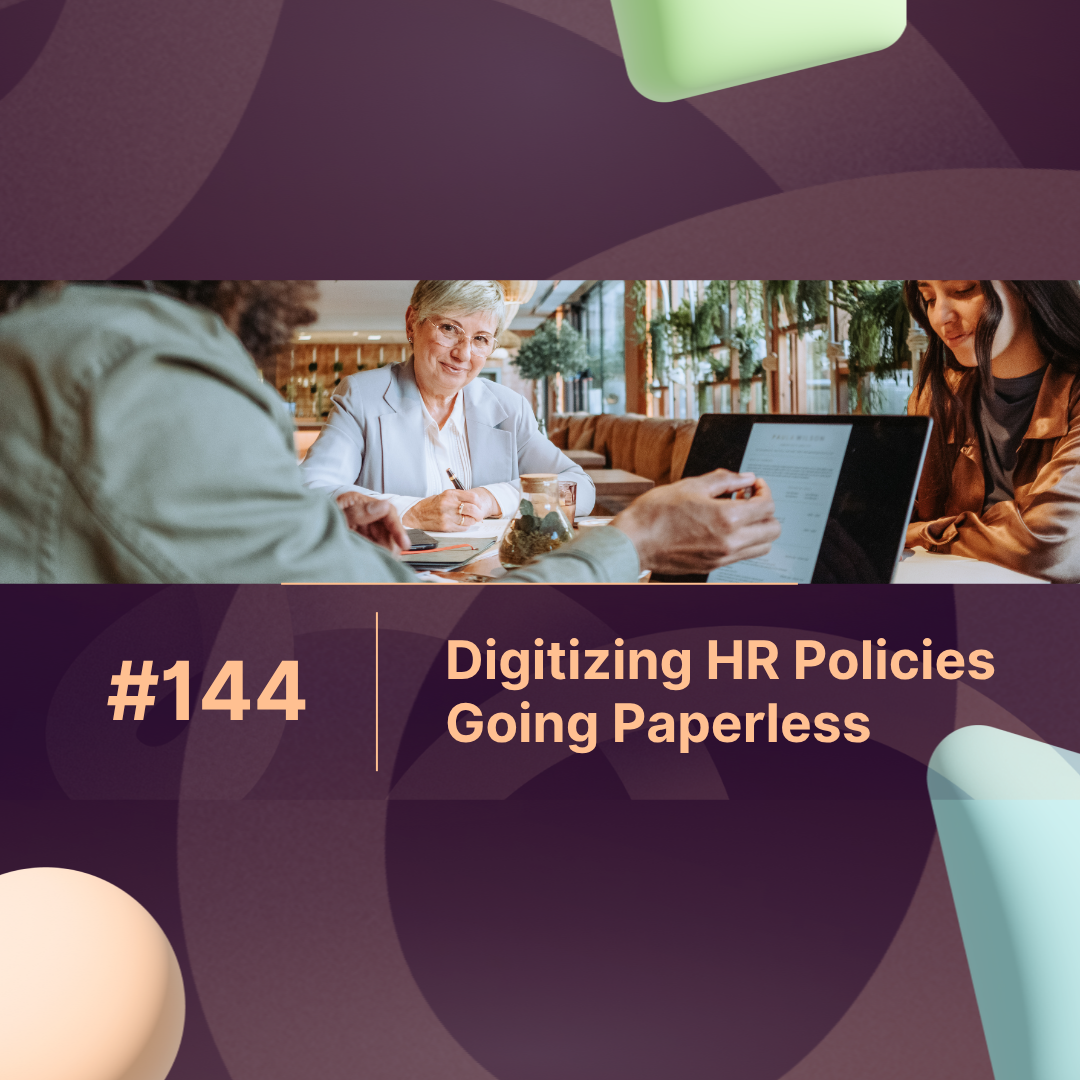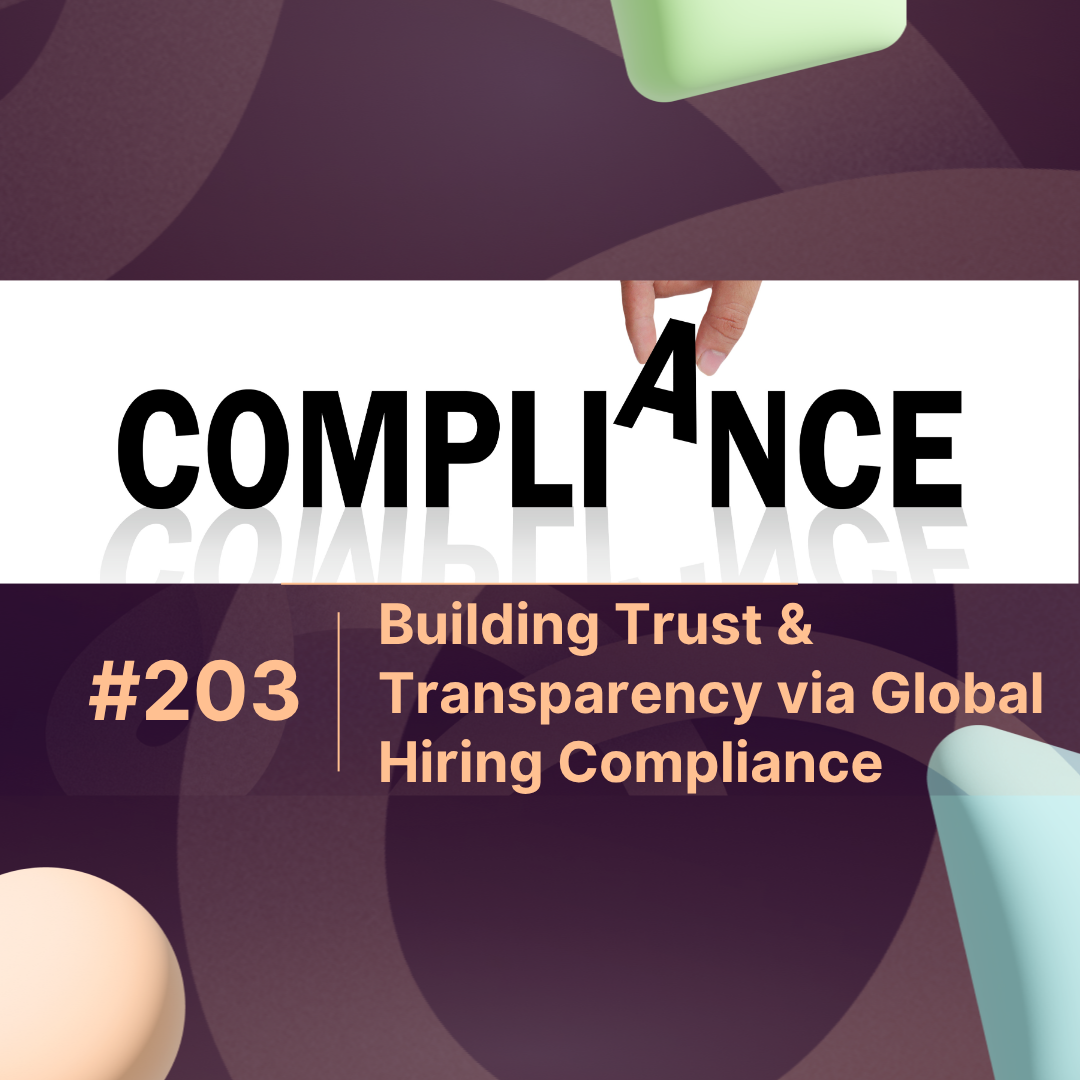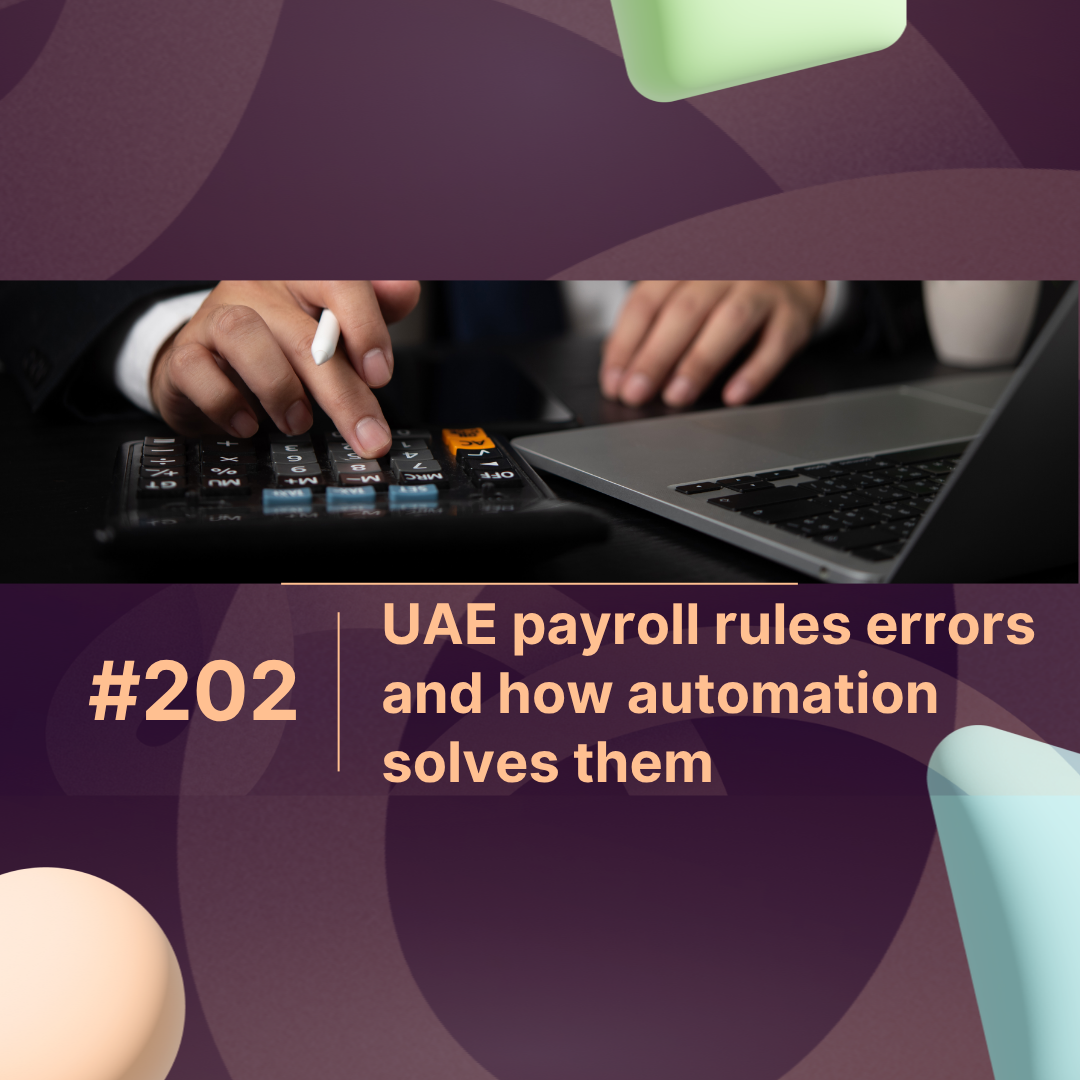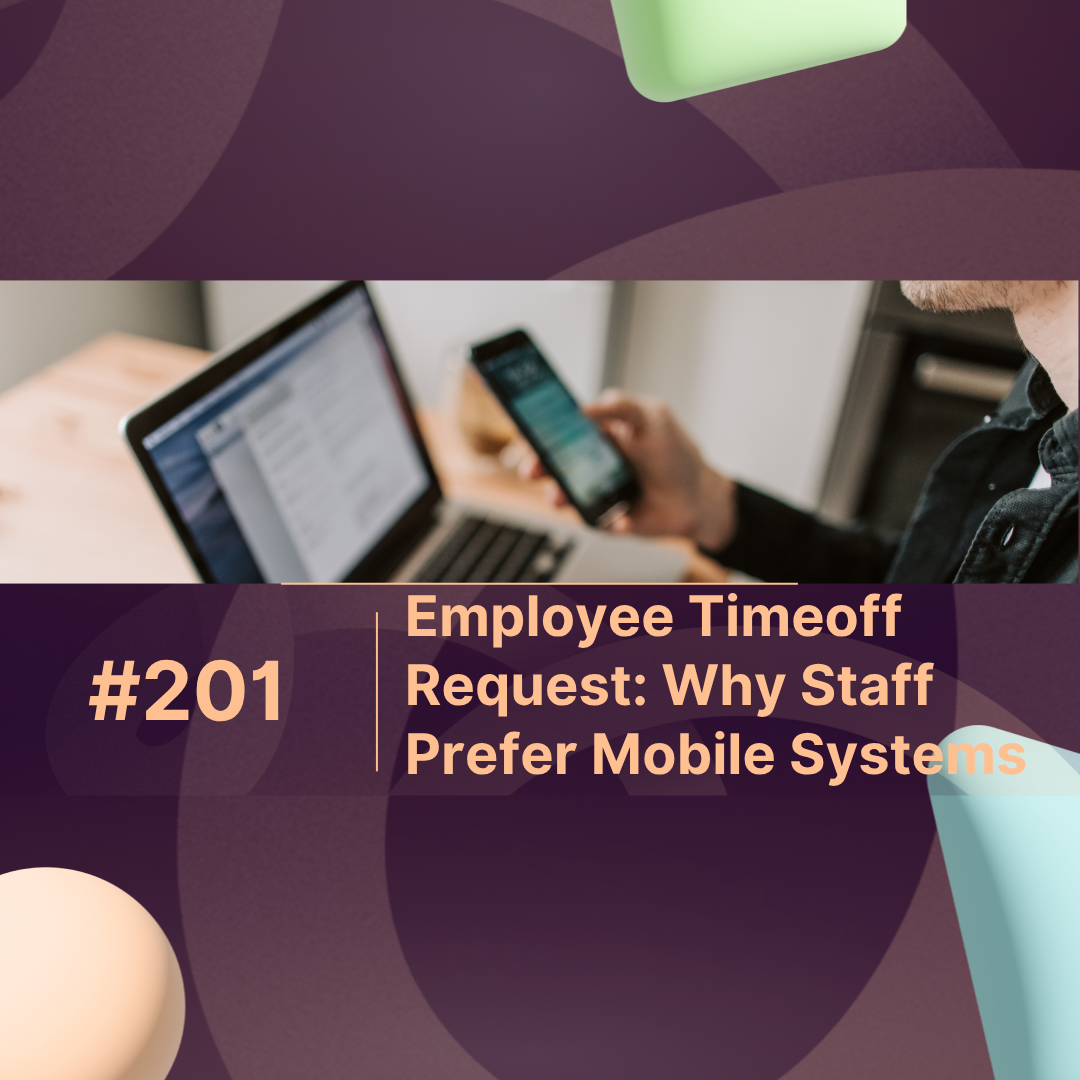Overview
Digitizing HR policies means transforming printed manuals, employee handbooks, and compliance docs into cloud-based, searchable digital systems. In 2025, this shift isn’t just about sustainability—it’s about scalability, accuracy, and AI-readiness. Whether you’re a startup or scaling enterprise, modern HR departments are embracing digital transformation to future-proof operations.
Why Should Companies Digitize HR Policies?
Direct Answer:
Digitizing HR policies helps companies cut costs, ensure compliance, and improve employee accessibility. In 2025, it also supports remote work, integrates with AI tools, and aligns with emerging labor regulations.
Companies still using paper-based processes face slower onboarding, harder audits, and version-control headaches. With modern platforms—like MaxHR, BambooHR, or Workday—HR teams can centralize everything from leave policies to anti-harassment protocols.
Key Benefits of Going Paperless with HR in 2025
1. Improved Compliance & Audit-Readiness
Automated logs, digital signatures, and timestamped changes make policy updates transparent. With compliance standards tightening globally (e.g., EU AI Act, U.S. data privacy laws), digitized documents reduce legal risk.
2. Centralized Access for Remote Teams
Remote and hybrid workforces are now standard. Cloud-hosted policies let employees access updates 24/7 via mobile or desktop—no more outdated binders or PDFs lost in inboxes.
3. AI & Workflow Integration
In 2025, AI tools help HR teams answer policy questions instantly. Tools like MaxHR, when connected to a digitized HR knowledge base, reduce HR tickets by up to 42% through chatbot automation and self-service portals.
4. Cost & Resource Efficiency
Printing, storing, and distributing HR documents is expensive. Digitization saves on paper, printing, and admin hours—while supporting sustainability goals.
5. Better Version Control
Versioning in digital systems prevents conflicting guidelines. Employees always access the latest policies, with change history available to HR and legal teams.
Digitization Benefits by the Numbers
| Benefit | Paper-Based HR (Legacy) | Digitized HR (2025) |
|---|---|---|
| Policy Access Time | Avg. 2–3 hours (manual) | Under 5 minutes (searchable) |
| HR Ticket Volume | ~55/month | ~32/month (AI reduction) |
| Compliance Audit Duration | 2–4 days | 4–6 hours |
| Annual Printing Costs (Avg.) | $2,000–$5,000 | $0 (digital platforms) |
| Employee Policy Adoption Rate | ~60% | Over 90% (with reminders) |
What Types of HR Policies Should Be Digitized?
Here are the most important documents to digitize immediately:
-
Code of Conduct
-
Leave and PTO Policies
-
Onboarding & Offboarding Checklists
-
Diversity, Equity & Inclusion (DEI) Guidelines
-
Harassment and Whistleblower Policies
-
AI and Remote Work Policies (new in 2025)
With platforms like MaxHR, these documents can be tagged, indexed, and made searchable by department, region, or role.
Security Considerations When Going Digital
Digitizing HR policies comes with responsibility. Choose tools that offer:
-
Role-based access controls
-
End-to-end encryption
-
Regular backups and audit logs
-
Compliance with GDPR, HIPAA, and SOC 2
Cloud-based solutions like MaxHR are built with HR-specific compliance features that traditional file-sharing tools (like Dropbox or Google Drive) often lack.
Final Thoughts: Why Now Is the Time
In 2025, digitizing HR policies is no longer optional. It’s essential for:
-
Scaling compliance across borders
-
Supporting distributed teams
-
Reducing overhead
-
Aligning with AI-first HR strategies
Organizations using dynamic HR platforms like MaxHR are already seeing measurable gains in policy adoption, employee engagement, and operational efficiency.
FAQs
Q1: What does it mean to digitize HR policies?
It means converting all HR policies—like leave rules, ethics policies, or DEI frameworks—into structured digital formats accessible through cloud platforms.
Q2: How secure are digital HR policy platforms?
Very secure—modern HR software includes encryption, multi-factor authentication, and compliance-grade data handling.
Q3: Can AI tools help with HR policy management?
Yes, platforms like MaxHR use AI to answer employee policy queries, automate updates, and ensure version control.
Q4: What’s the ROI of going paperless?
Companies save thousands annually in printing costs, reduce HR support tickets, and improve compliance audit speeds by over 70%.
Q5: Is digitizing HR policies necessary for small businesses?
Absolutely. Even lean teams benefit from simplified access, faster onboarding, and fewer compliance risks.



